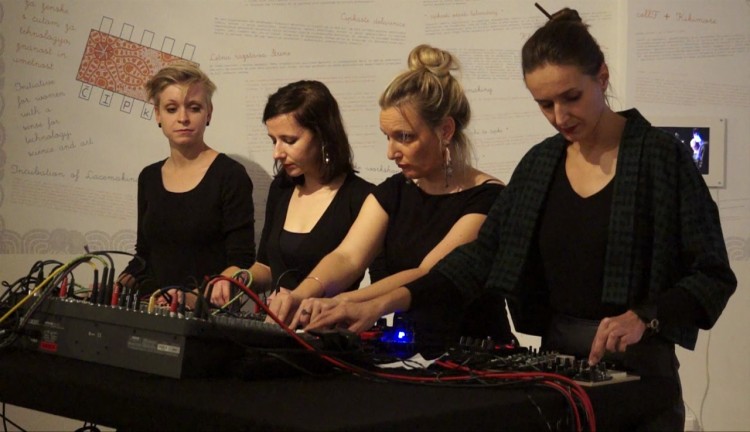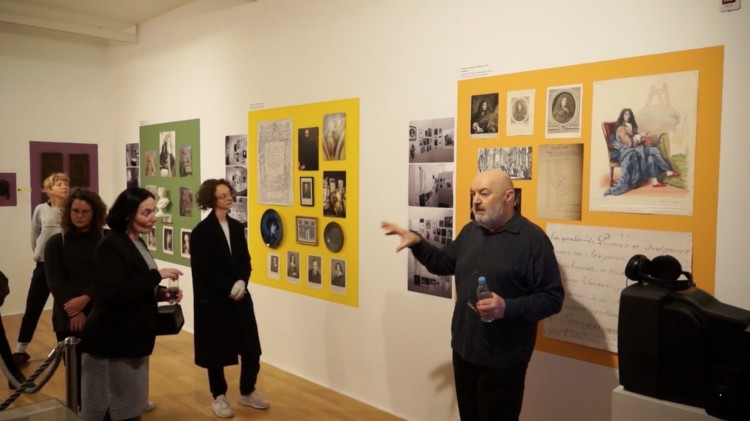The lecture was a part of the opening program of Sites of Sustainability. Pavilions, Manifestos, and Crypts exhibition.
The presentation examines several exhibitions, artists’ practices and related theories on the notion of the program in art. Several tendencies of the art of the 1960s that are, at first sight, vastly different from and mutually exclusive of each other can be viewed throughout the notions of the program. The first discourses toward the notion of the program in art appear in the form of Concrete / Neo-constructivist / Luminokinetic art and the like, the second discourse in computer-generated art, and the third in conceptual art. Umberto Eco writes a text on “Arte Programmata” for the catalogue of an exhibition of the same name in Milan in 1962. At the New tendencies movement and network (1961–1973) organizers set up computer generated works in relation to constructive and kinetic art (1968/69) and to conceptual art (1973). Almost no communication was ever established between the three types of artistic practices and related theories in the 1960s. And very few exhibitions presented these kinds of works together in the time of their production. The Tendencies 5 exhibition in Zagreb of 1973 is the rare, exceptional example in art history that connected and presented the three frames – concrete, computer and conceptual art – under the same roof. New Tendencies tried to bring these three artistic practices together through the notion of the program and through works not executed by the artists themselves.
The presentation will be accompanied by both audio-visual documentation from the 1960s and new recordings, in particular from the exhibitionsit international [New] Tendencies Computers and Visual Research, Zagreb 1961–1973, Neue Galerie, Graz, 2007 and ZKM (Zentrum fur Kunst und Medientechnologie), Karlsruhe, 2008–2009, curated by Darko Fritz (co-curated by Peter Weibel at ZKM).






